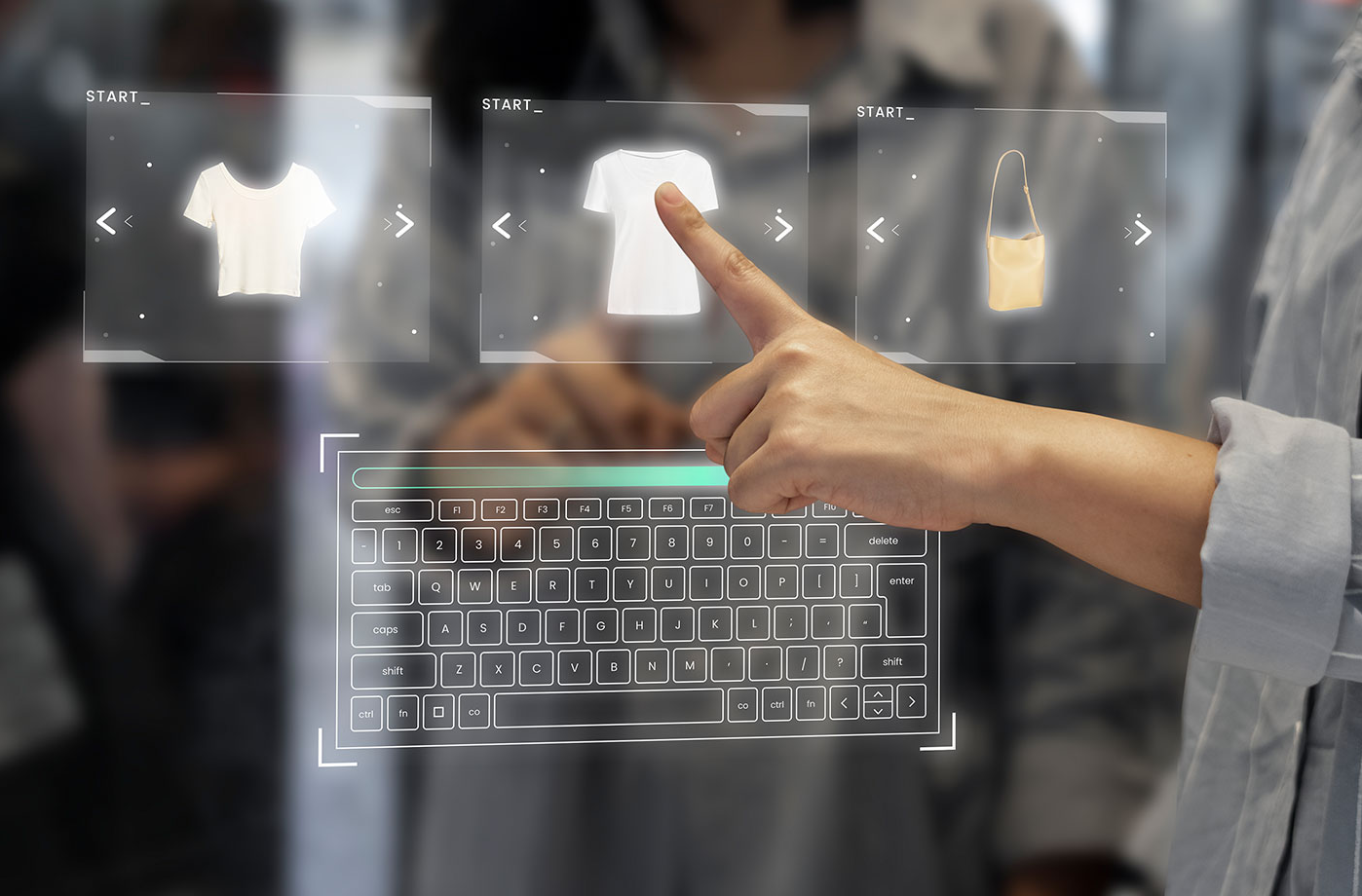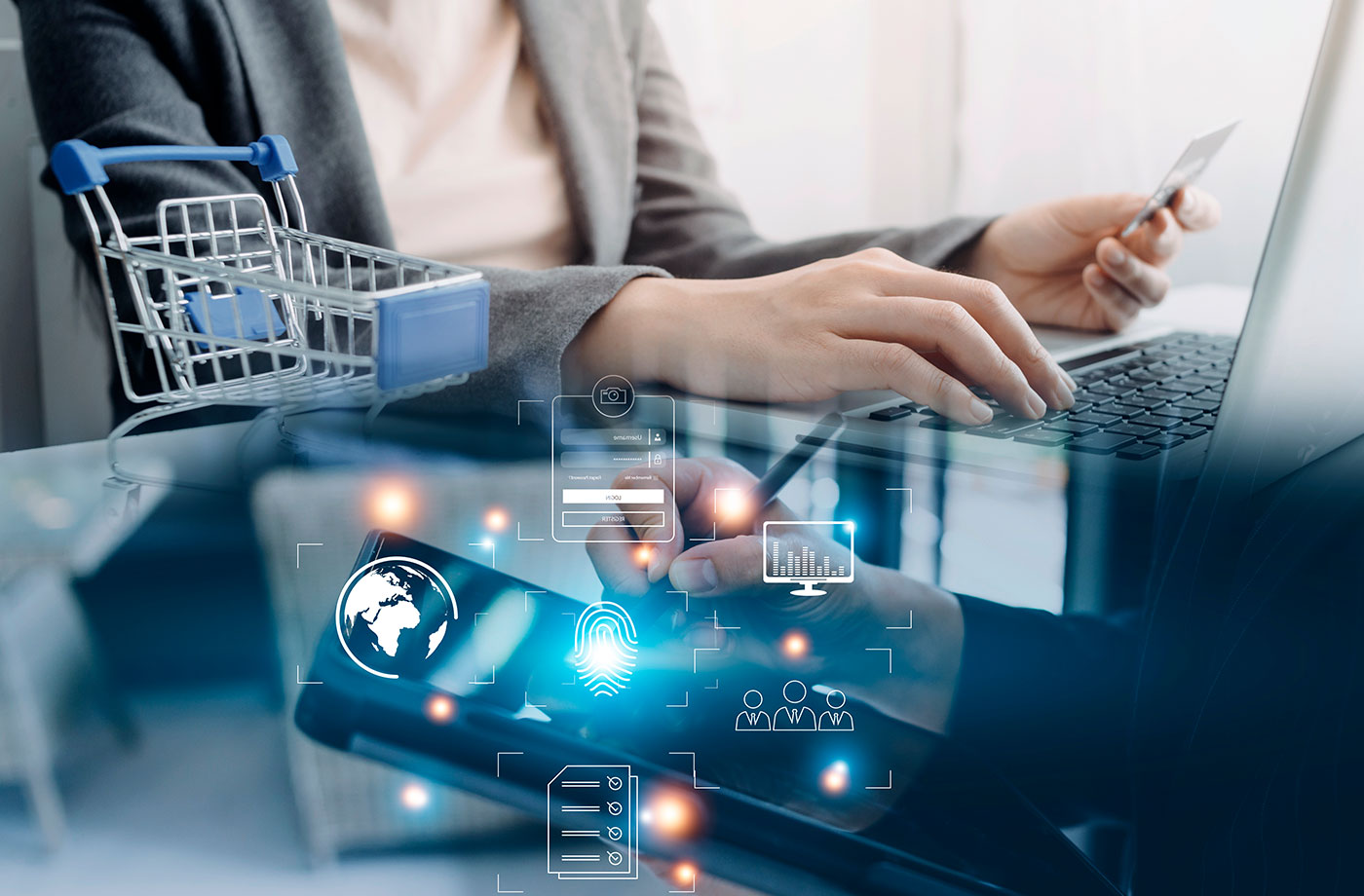Bojana Šašić
The future of retail in Europe depends on digital transformation, as well as the analysis of changes in customer behavior and understanding the importance of innovation, with a focus on artificial intelligence...


Bojana Šašić
Manager
Given the pressure of inflation and variable logistic costs, financing growth becomes an increasingly complex challenge. Growing costs of material procurement, transportation, and increasingly expensive production pose significant obstacles to business expansion. Additionally, inflation gradually diminishes consumer purchasing power, further burdening companies' profitability. However, despite these challenges, investors retain high expectations, demanding companies to sustain and increase their profitability. Retail leaders must be ready to respond to market changes swiftly, optimize operational processes, and identify new growth opportunities.
Apple, as an industry leader, successfully combines innovation with business diversification, expanding its operations into different segments, including mobile phones (iPhone), tablet devices (iPad), wearable devices (Apple Watch), streaming services (Apple TV+), and even financial services (Apple Card). By expanding its portfolio into various market segments, the company reduced risks associated with overreliance on a single product or sector and maintained stable growth. This approach, involving the development of new products and entry into new market niches, can guide retail leaders in redefining and reconstructing their strategies, as they can learn from the best in the industry and apply proven strategies. For retail companies to succeed in the new and challenging environment, they should focus on adapting to current changes and predicting future trends. Investing in innovative technologies, such as artificial intelligence and advanced data analytics, is crucial. By investing in innovation, retail can transform and successfully respond to its challenges.
In a world where artificial intelligence and analytics are becoming essential, industry giants invest in the development of advanced systems that personalize the consumer experience to a level unimaginable just a few years ago. For example, Alibaba uses artificial intelligence to personalize shopping on its platform. Sephora introduced augmented reality to enable customers to virtually try products before purchasing, and Starbucks uses machine learning to recommend drinks based on previous orders. These technologies enrich the shopping experience and provide customers with a more detailed insight into how a product will meet their needs, facilitating the decision-making process. These technologies can help retail companies improve their business, from more efficient marketing to supply chain optimization. Analytics makes it easier for merchants to make better decisions regarding assortment, prices, and promotions. With the help of generative artificial intelligence, it's possible to automatically create marketing materials, improve customer support, and even provide personalized fashion advice. Data and analytics can be treated as products that can be monetized.
To keep pace with the current times, companies are forced to recognize the power of digital tools – not only as business aids but also as a means to create unique and enriched experiences. Imagine how every purchase would look tailor-made for you, where the online store welcomes you with suggestions precisely to your taste. This is a world that analytics and artificial intelligence can create through a personalized experience down to minor details.
Moreover, changes are happening in physical stores. Employees can now free themselves from time-consuming routine tasks thanks to automation possibilities. This gives them a chance to dedicate themselves to customers, providing a personalized consumer experience. By adequately processing information, companies can not only optimize existing products and services but also identify opportunities for developing new products, adding significant value to their offering and increasing competitive advantage in the market. Technology brings both efficiency and the opportunity to work smarter, with more understanding and empathy for everyone involved in this ecosystem. Efficient use of digital tools opens the door to a better and more advanced way of doing business.
While traditional retail models lag behind the new generations of buyers, tech giants like Amazon and Alibaba are revolutionizing the shopping experience. A personal assistant who knows you better than yourself and recommends precisely what you need. Virtual clothing try-ons that save unnecessary visits to stores. A flawless delivery system that ensures every order arrives precisely on time, at your doorstep, with real-time order status tracking... These are not scenes from a science fiction film but the reality made possible by advanced technologies, such as artificial intelligence and advanced data analytics.
Will traditional retailers overcome the challenges of the new era and harness its limitless possibilities? Or will they yield the lead to tech giants whose empire is yet to be built? One thing is sure – the race has begun, and those who lag behind risk missing out on the reward.
